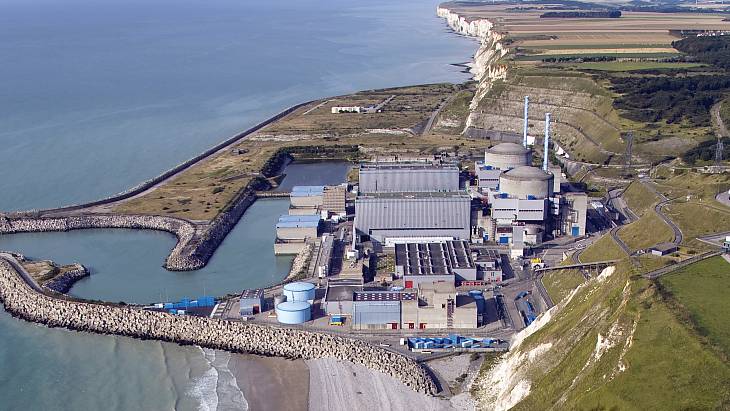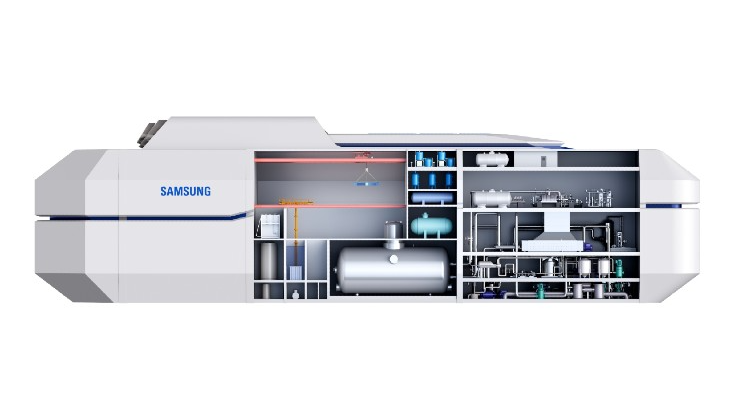The study was funded by Emissions Reduction Alberta through the Government of Alberta's TIER fund, and conducted with TransAlta, Hatch, PCL, and Kinectrics. It found "significant alignment between the province's unique energy and industrial profile and the attributes of the Xe-100" and identified areas where X-energy's technology can directly support the province's energy economy and long-term competitiveness.
It found that the Xe-100 high-temperature gas-cooled reactor is uniquely suited to Alberta's energy needs. As well as producing electricity, it is specifically designed to provide 565°C heat and steam for industrial applications, unlocking a broad range of use cases for Alberta's industrial and oil and gas sectors, the company said. The province's established supply chain capabilities are well-positioned to support the manufacturing and construction of the technology, while the Xe-100's design means it can use air-cooling systems, significantly reducing overall water usage, and offering greater siting flexibility over conventional light-water reactors.
Canada gets about 15% of its electricity from nuclear power with 17 reactors, mostly in Ontaria, providing 12.7 GWe of power capacity. Alberta does not have any nuclear power capacity, but in 2021 the province signed a memorandum of understanding with Ontario, New Brunswick and Saskatchewan to collaborate on small modular reactor (SMR) development, and has signed MoUs with several SMR developers. Energy Alberta has proposed building a nuclear power plant based on large-scale Candu Monark reactors at a site in the Peace River area of Northern Alberta.
In August, the province launched a public engagement initiative and public survey about nuclear energy's potential to meet future energy needs, with Alberta Premier Danielle Smith saying the government sees "tremendous potential" for nuclear in the province.
"Alberta is uniquely suited to leverage the benefits of the Xe-100 with a strong industrial base, skilled workforce, and unmatched energy expertise,". X-energy's Senior Vice President and Deputy Chief Commercial Officer Ben Reinke said. "We look forward to working with provincial and community leaders to explore Xe-100 applications in the province, and its potential to support critical Canadian industries with clean, reliable, and safe energy."
X-energy Canada is a subsidiary of X-energy Reactor Company, LLC. X-energy is advancing the Xe-100 as a grid-scale energy solution for utilities, industrial customers, and hyperscalers. Its first proposed plant at Dow's Seadrift site in Texas will provide the site with both power and high-temperature steam. Following that project, X-energy and Amazon have committed to deploy 5 GW by 2039, beginning in Washington state with Energy Northwest. X-energy has also recently announced an agreement with Centrica to deploy 6 GW in the UK.
TransAlta Corporation is one of Canada's largest publicly traded power generators, owning and operating a diverse fleet across Canada, the United States and Western Australia. The company completed the phaseout of all of its Canadian coal-fired generating capacity in 2021, when it converted the third unit of its Keephills power plant in Alberta from thermal coal to natural gas. The company retired some 3,794 MW of coal-fired generation capacity in Canada between 2018 and 2021.

_42938.jpg)



_47120.jpg)

_23621.jpg)






